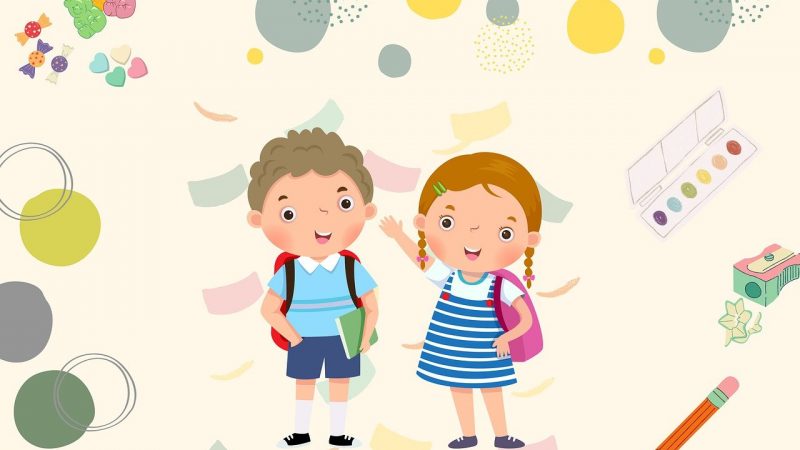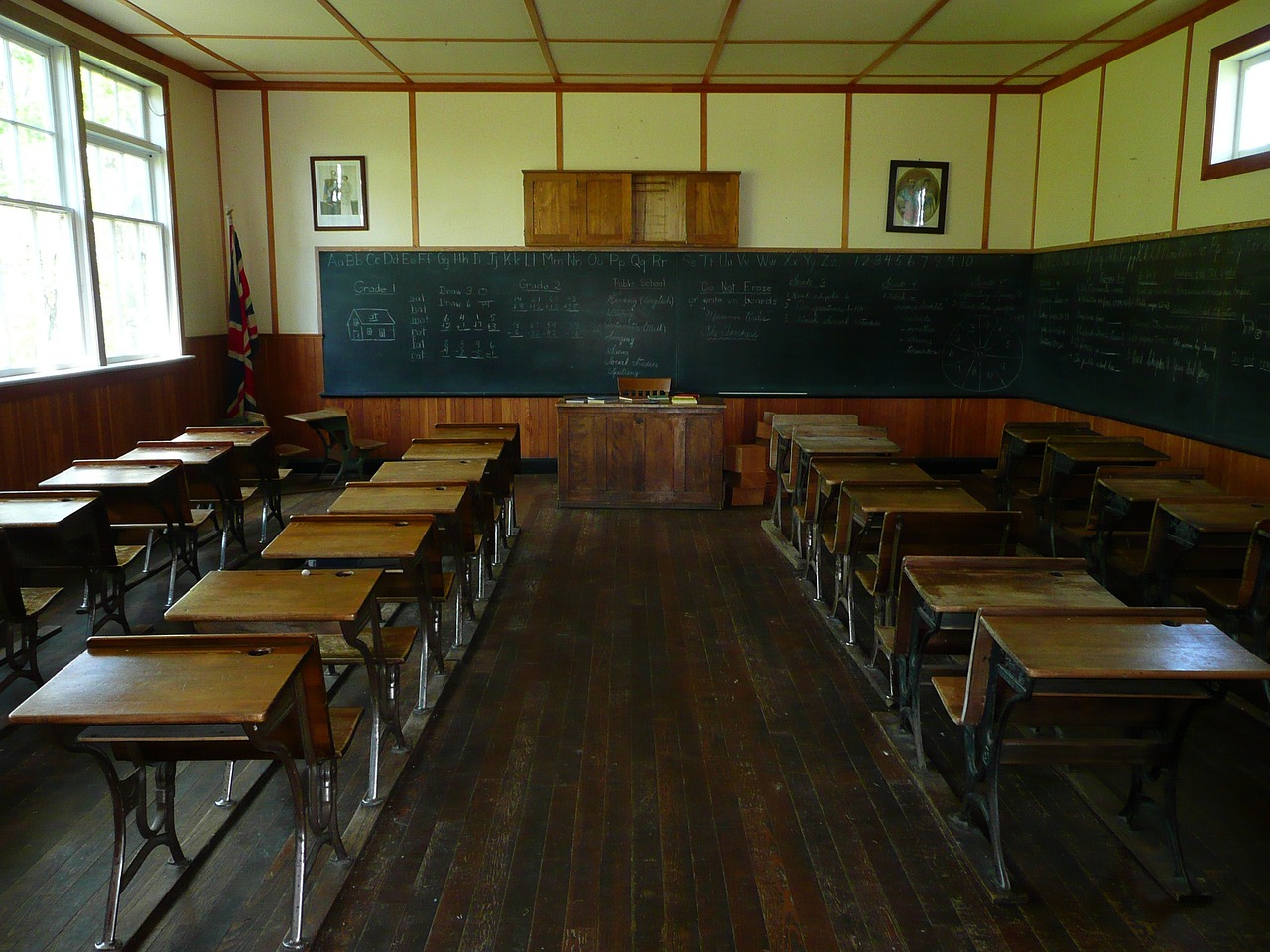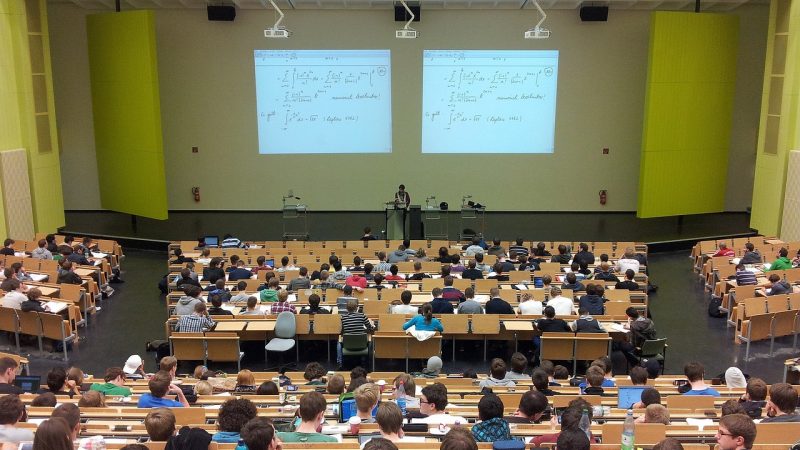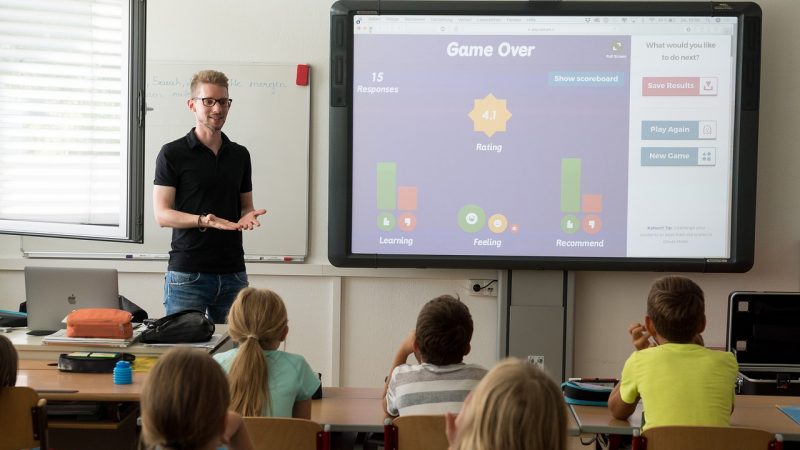Inclusive classrooms with diverse learners are becoming the norm. Teaching students with physical, cognitive, emotional or learning disabilities requires specialized approaches. Implementing appropriate adaptations and accommodations enables differently-abled students to thrive academically and socially alongside peers. These 6 tips help teachers effectively instruct and support students with special needs.
1. Get to know the Individual
Recognize each student’s unique personality, interests, strengths and challenges. Read their medical background and educational plans like IEPs or 504 plans. Discuss their specific needs directly with them and guardians. Observe learning tendencies and interactions. Build rapport through shared interests and encouragement. Understanding individuals’ capabilities and motivations allows personalized teaching.
2. Modify Curriculum Strategically
Adapt how content is presented to align with individuals’ learning profiles. Simplify language, provide written outlines, and explain concepts visually to aid processing differences. Adjust activities using varied formats like group work, art, drama or video to engage diverse learners. Modify tasks by allowing oral testing, extra time, or technology aids based on students’ needs. Set achievable goals to help them experience success and build confidence.
3. Promote Inclusion and Participation
Enable differently-abled students to actively participate and feel welcomed. Use cooperative learning strategies to facilitate peer collaboration and relationship building. Assign classroom roles that showcase their strengths like technology assistance, materials management or peer tutoring. Ensure accessible classroom setup and provide alternate ways to engage with activities. Highlight achievements to classmates and build a culture of respect.
4. Implement Assistive Technology
Specialized software, devices and equipment can enable academic success and independence for students with disabilities. Text readers, dictation apps and tablet devices support reading, writing and communication needs. Apps break down concepts using graphics and sound. Tactile learning aids like 3D shapes make lessons interactive. Provide appropriate assistive technology and teach students how to utilize it.
5. Furnish Necessary Accommodations
Accommodations level the playing field allowing differently-abled students to display knowledge without impairment constraints. Allow extra time, alternate settings or online submission for tests and assignments. Permit typed work, note-taking assistance or memory aids. Make seating adjustments to aid focus. Ensure accessibility of facilities and learning materials. Provide sensory tools and movement breaks to aid concentration and regulation.
6. Maintain Close Home Collaboration
Communicate regularly with families about progress, concerns and strategies. Discuss what works at home to create consistent support. Request input on potential challenges and customize approaches. Share successes to jointly celebrate growth. Strong home-school partnership enables consistency tackling difficulties. Keep channels open through meetings, emails and update reports.
Creating a welcoming, empowering classroom environment allows differently-abled students to flourish academically and socially. Get to know individuals, tailor teaching methods, implement assistive technology, furnish accommodations and collaborate closely with guardians. With the right adaptations, students with special needs can thrive and enhance diversity within the classroom community.










